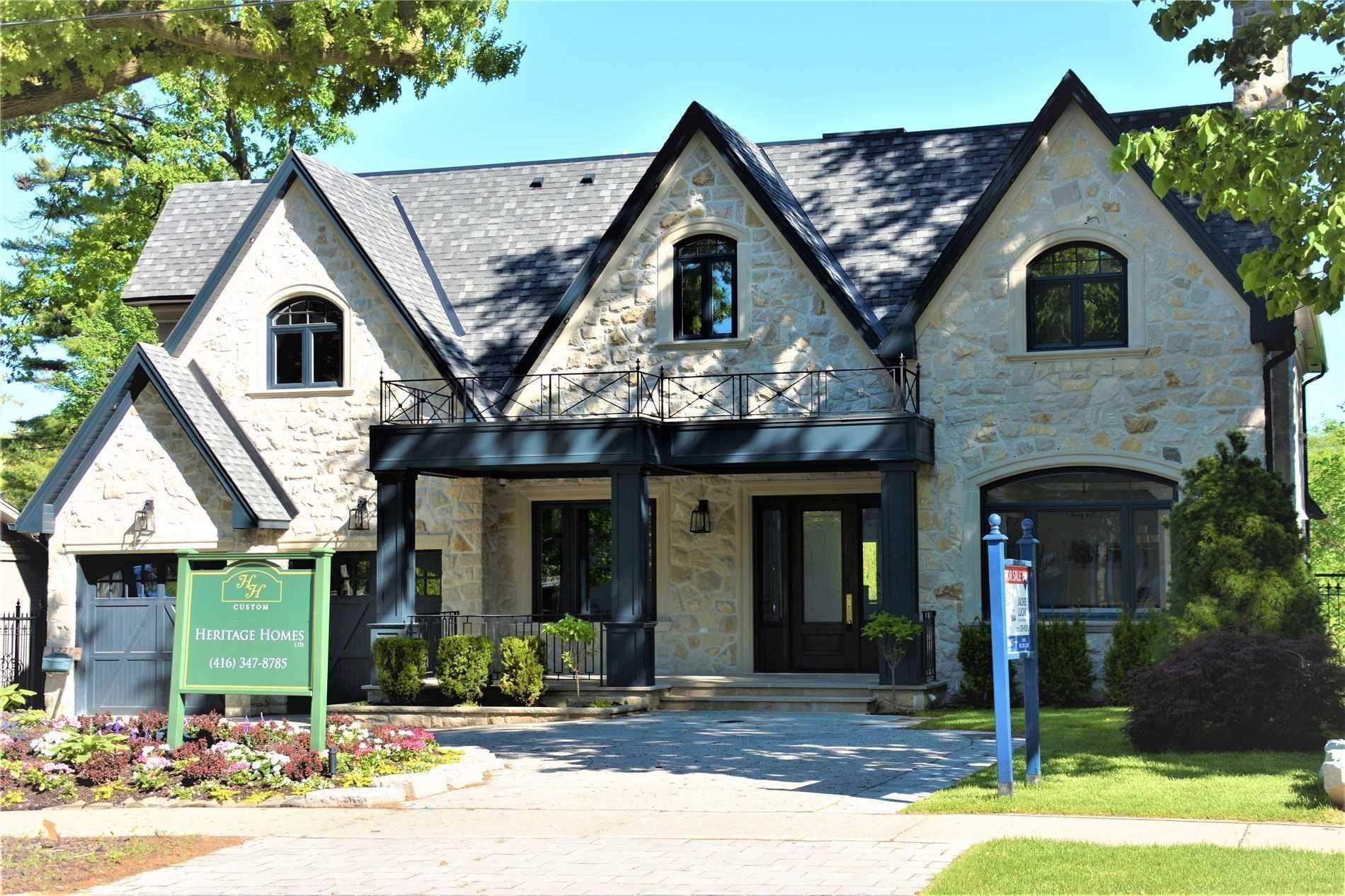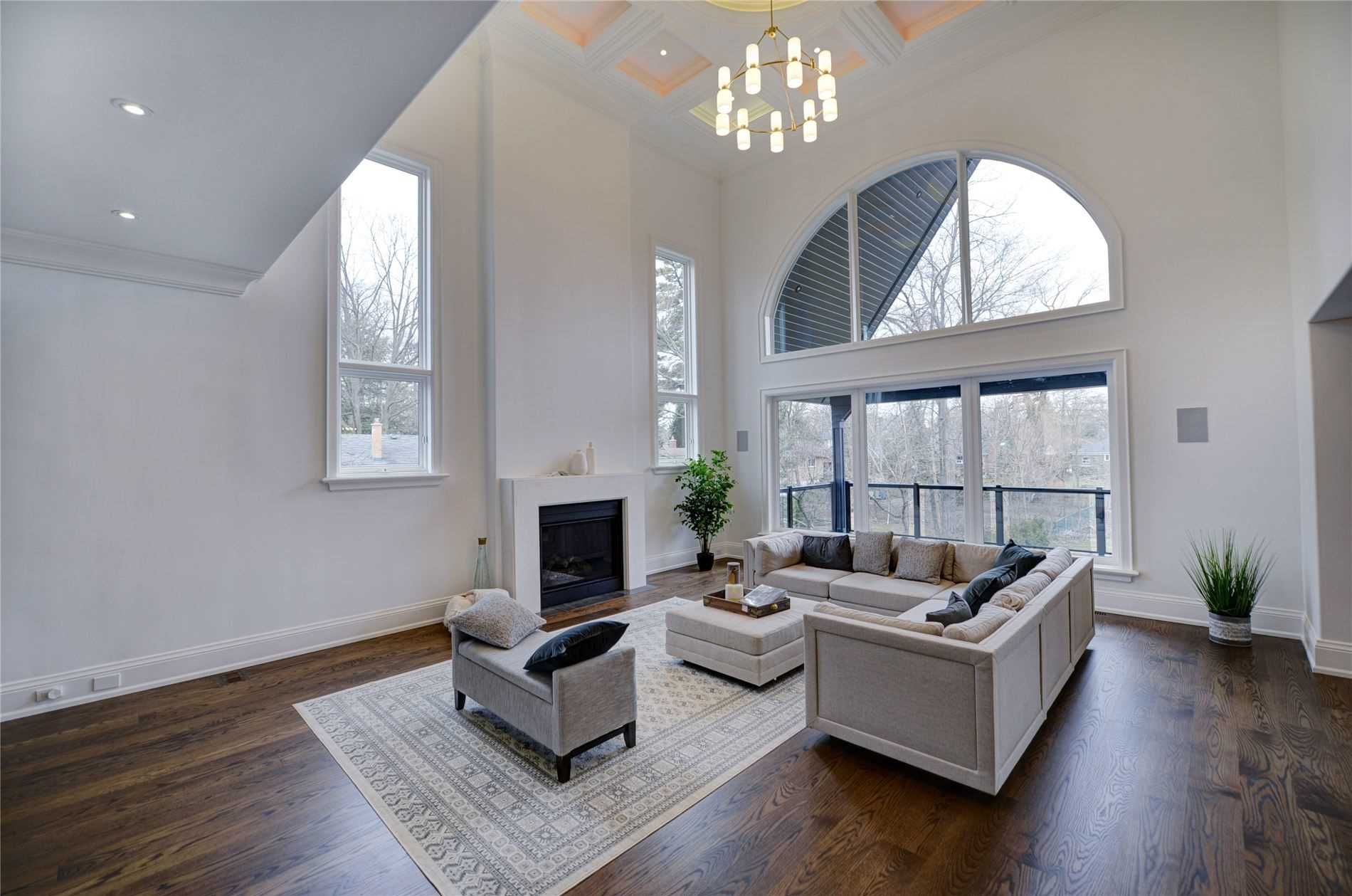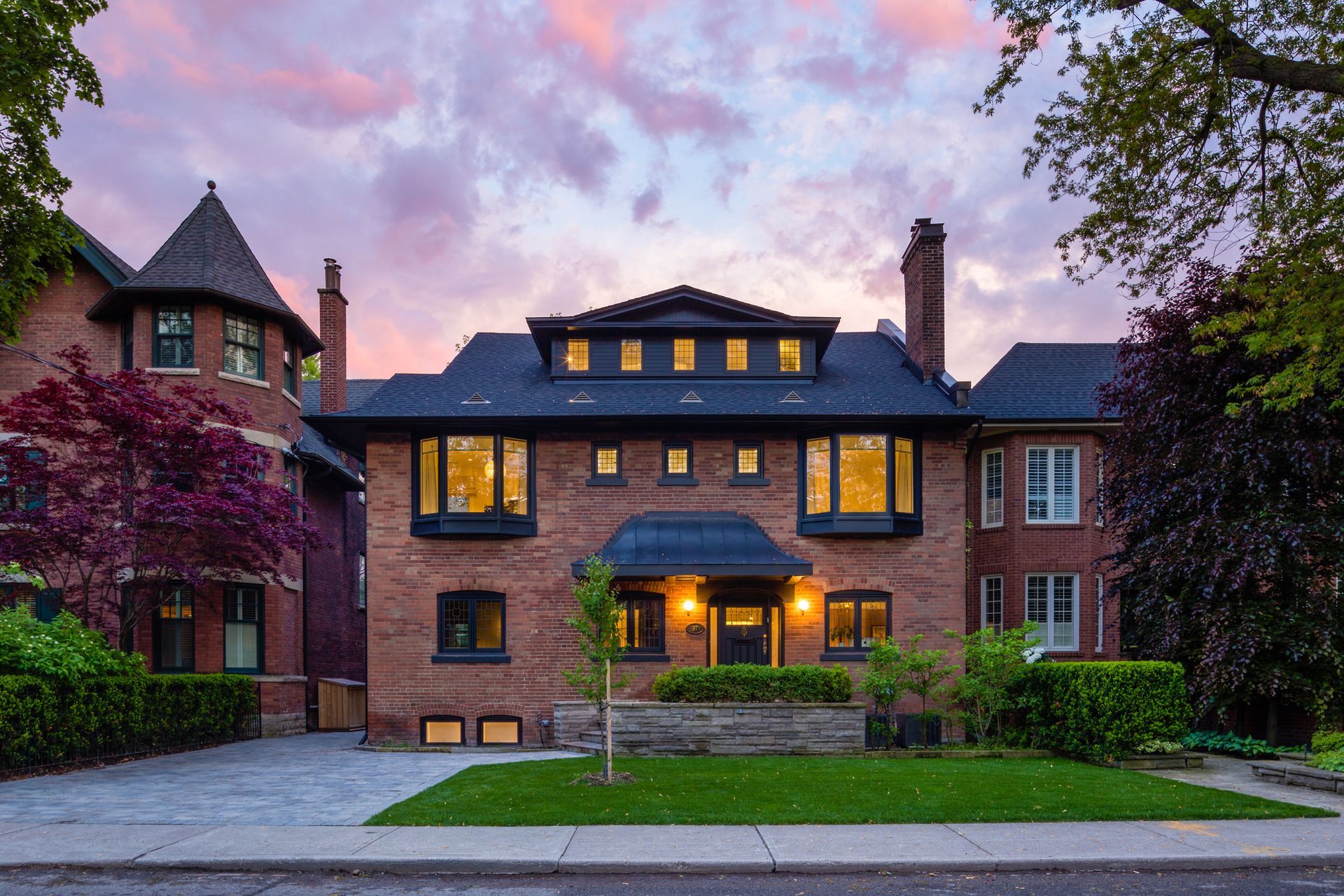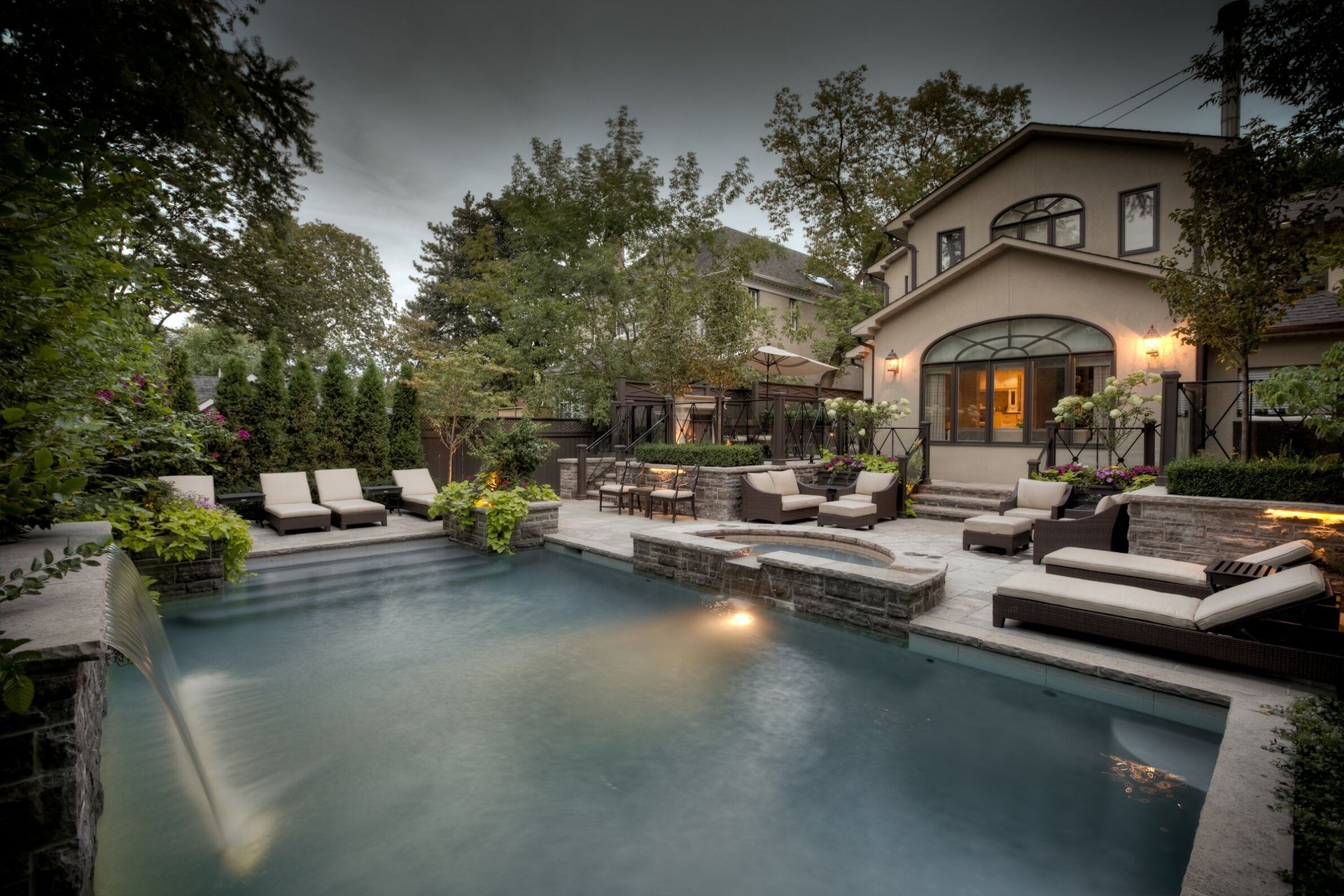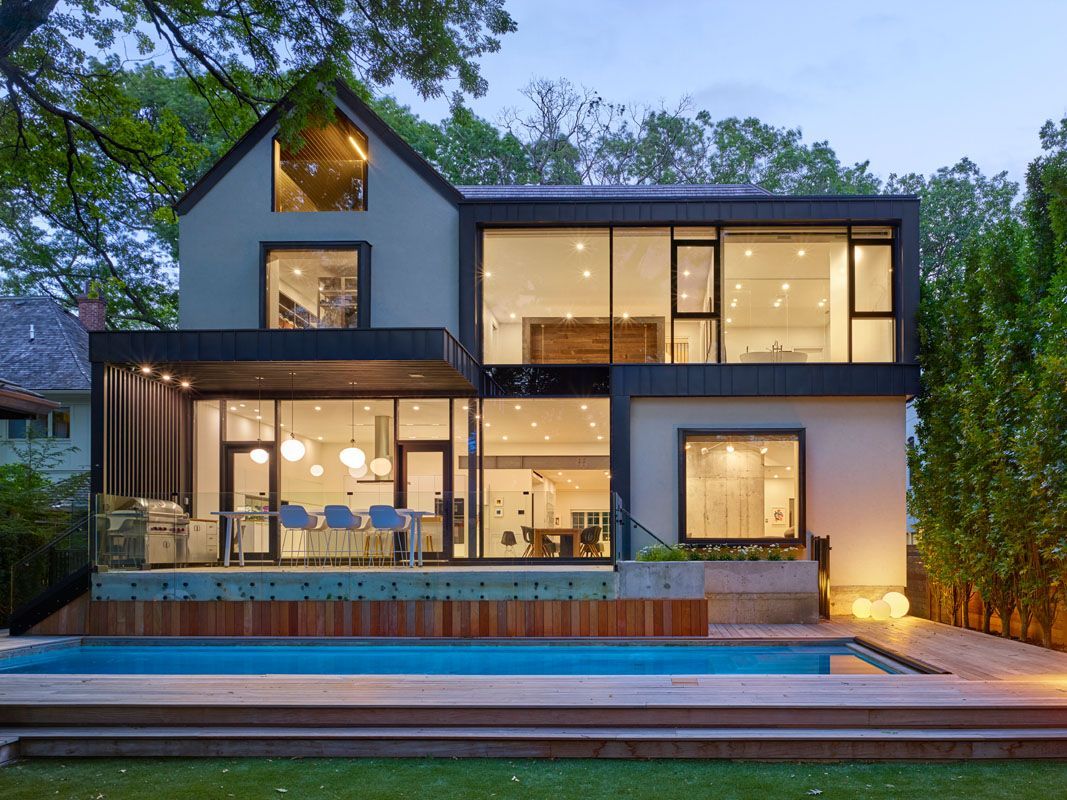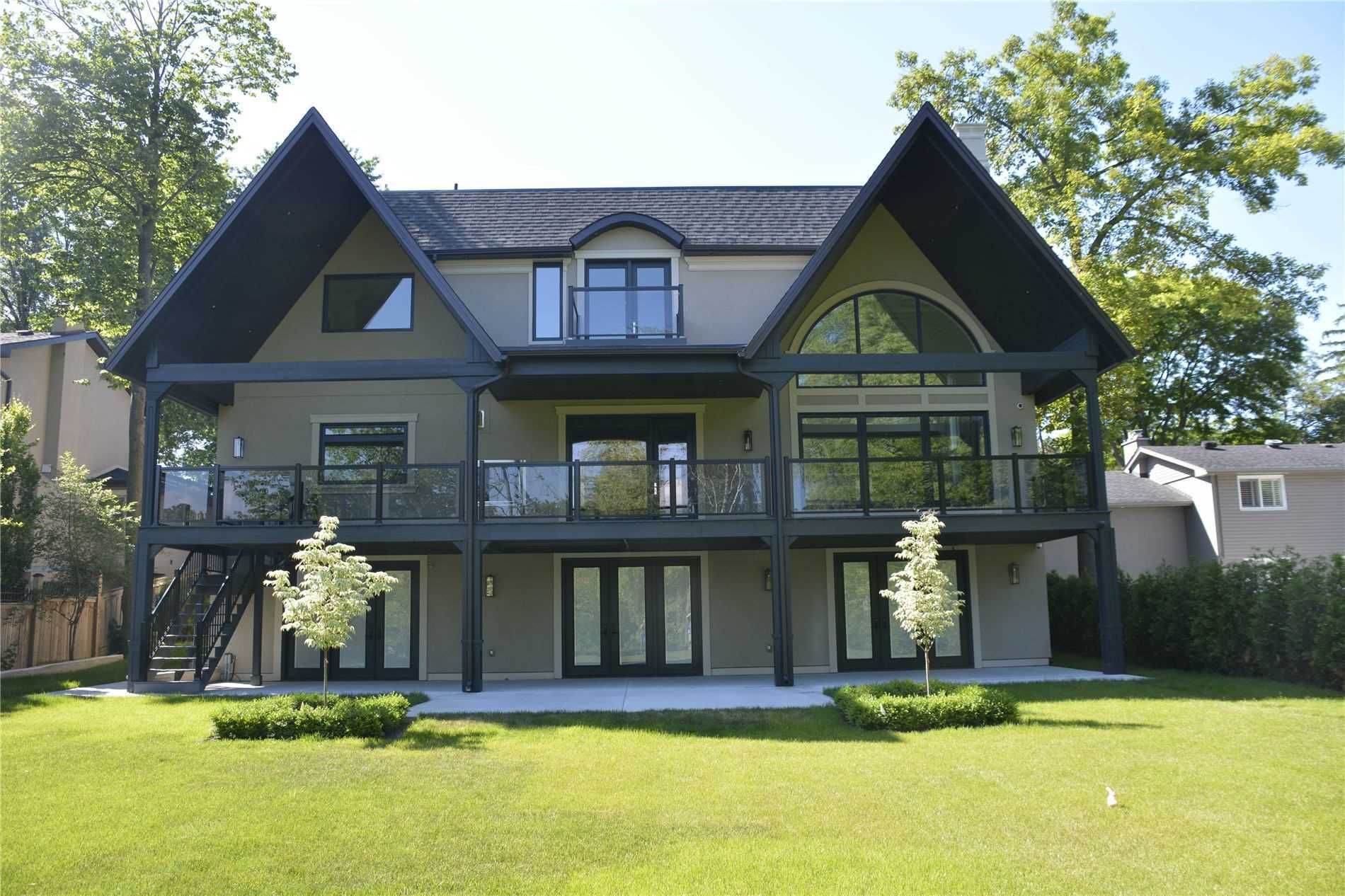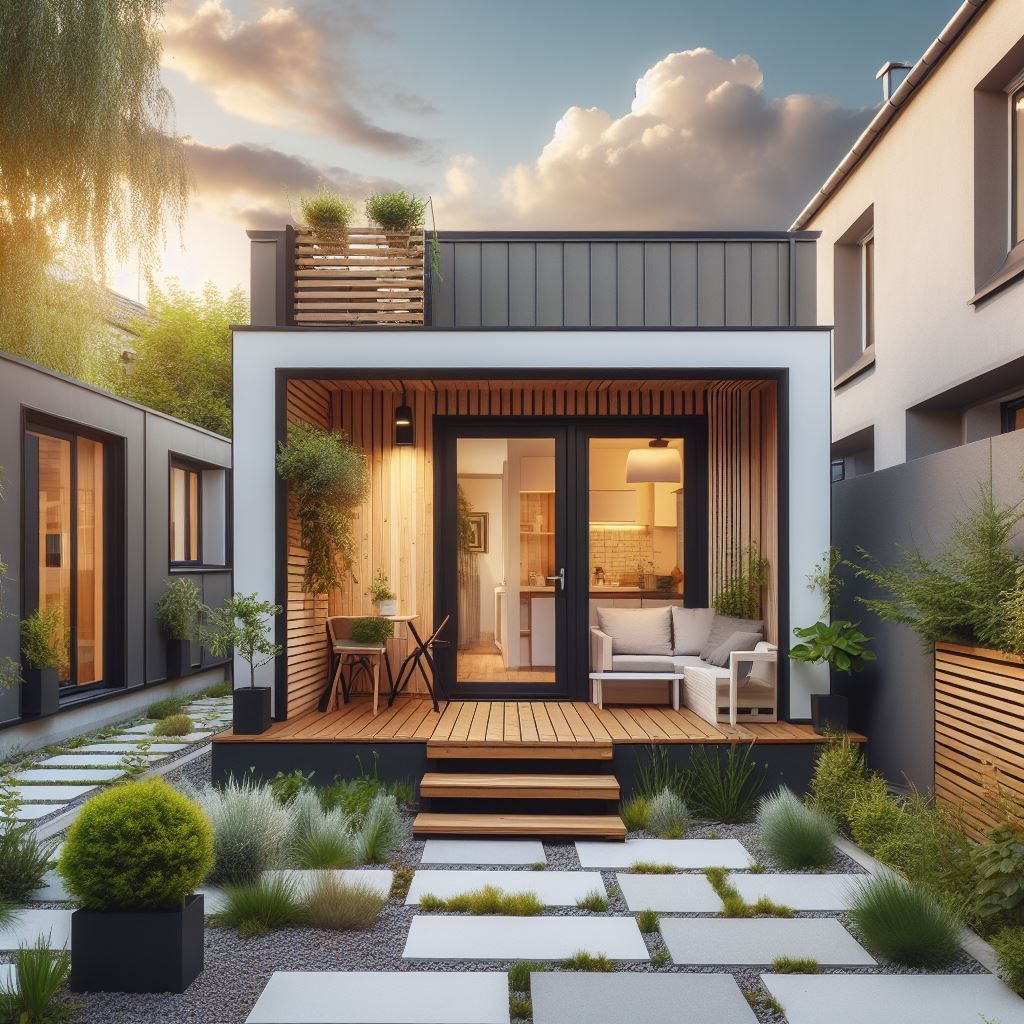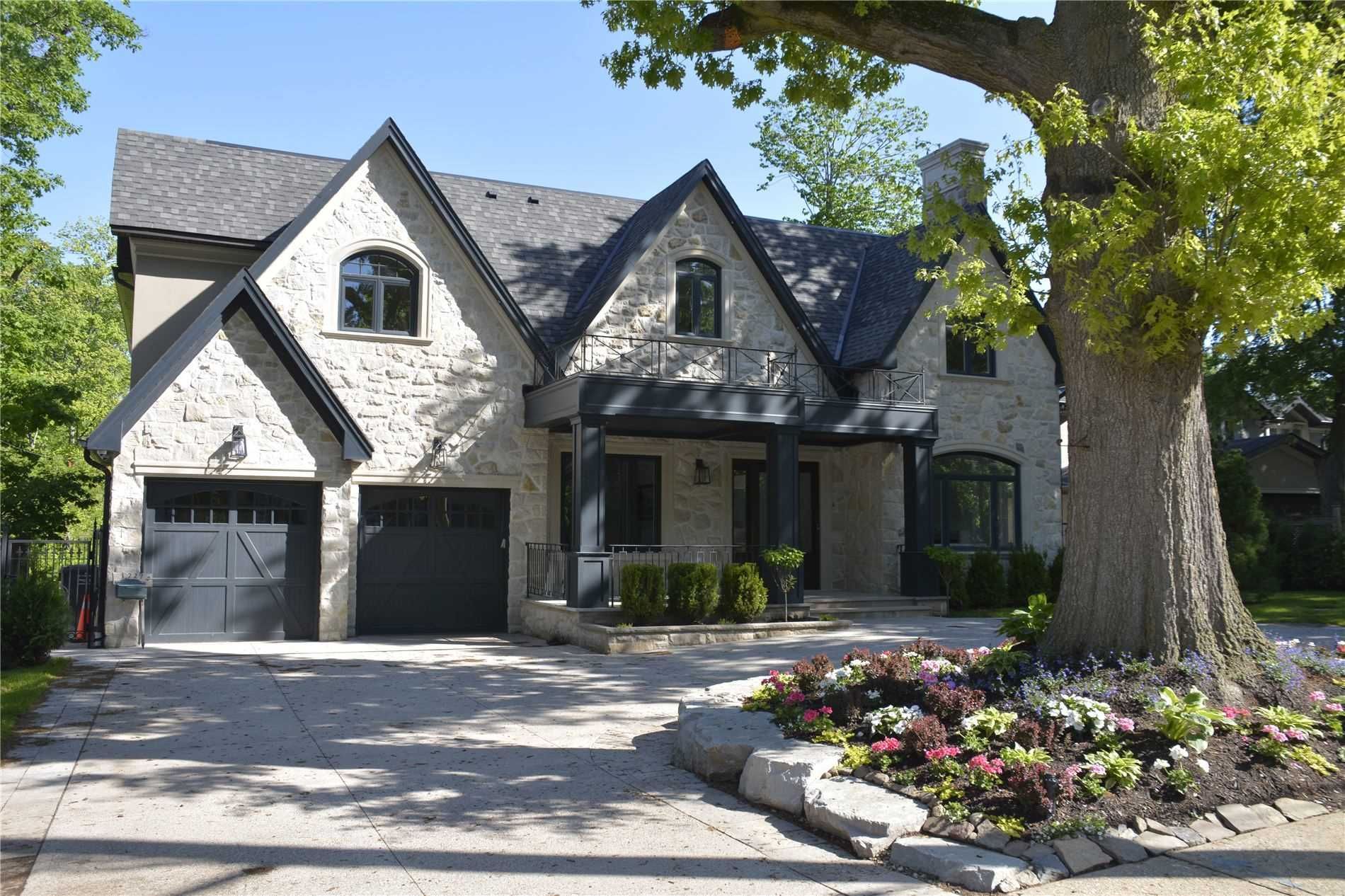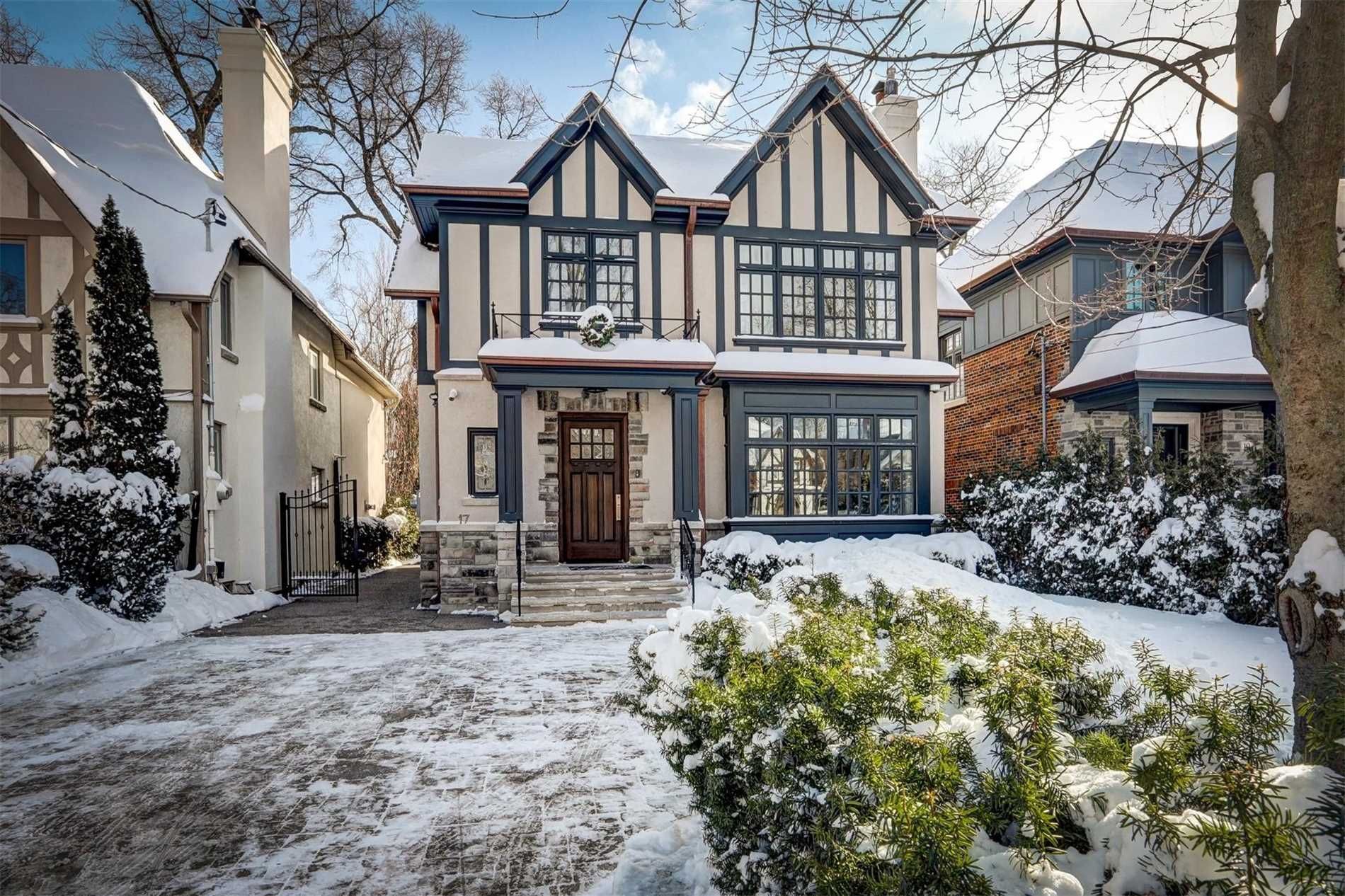The Top Architectural Styles Influencing Toronto’s Custom Homes
The Top Architectural Styles Influencing Toronto’s Custom Homes

Toronto’s residential landscape is one of the most diverse in North America. From historic neighborhoods with century-old charm to modern developments with cutting-edge design, the city offers a remarkable range of architectural styles. For homeowners looking to build or renovate, understanding these styles—and how they influence today’s custom homes—can help create a design that feels both personal and timeless.
At Custom Heritage Homes, we believe your home should be a reflection of your lifestyle, aesthetic preferences, and the character of your neighborhood. With over three decades of experience, Peter Czumak and our team bring precision craftsmanship to every project, blending classic influences with modern sensibilities to create homes that feel like they belong—both to you and to Toronto.
Here are the architectural styles shaping Toronto’s custom home designs today.
1. Victorian Elegance
Key Features: Steep gable roofs, intricate trim, bay windows, and ornate details.
Toronto’s Victorian homes, built primarily in the late 19th century, are among the city’s most recognizable. These homes offer an old-world charm that continues to inspire new builds and renovations.
In modern custom homes, Victorian influence often shows up in decorative elements—such as detailed cornices, stained glass windows, and patterned brickwork—combined with open interiors and contemporary finishes. It’s a way to honor Toronto’s history while still offering the conveniences of a modern floor plan.
2. Edwardian Simplicity
Key Features: Symmetry, larger windows, restrained ornamentation, and spacious layouts.
Edwardian architecture emerged in the early 20th century as a move toward more practical and brighter homes compared to Victorian designs. Its understated elegance translates beautifully into today’s custom homes, particularly for clients who want classic style without ornate detailing.
We often take inspiration from Edwardian proportions—high ceilings, generously sized rooms—and combine them with modern lighting and open-concept layouts to maximize natural light and functionality.
3. Craftsman Warmth
Key Features: Low-pitched roofs, wide porches, exposed beams, and natural materials.
Craftsman-style homes focus on handcrafted quality and a close connection to nature. This style resonates with Toronto homeowners who value timeless durability and warmth.
Modern interpretations of Craftsman homes often include rich wood accents, stone detailing, and built-in shelving, paired with high-efficiency windows and updated kitchens. The style’s emphasis on craftsmanship aligns perfectly with our philosophy at Custom Heritage Homes.
4. Modern Minimalism
Key Features: Clean lines, open spaces, large glass panels, and minimal ornamentation.
Modern minimalist homes have become increasingly popular in Toronto, especially in neighborhoods where contemporary architecture stands out against older housing stock.
This style focuses on uncluttered spaces, abundant natural light, and a seamless connection between indoor and outdoor living. While minimalist in form, these homes often incorporate warm materials like natural wood or stone to avoid feeling stark.
5. Contemporary Fusion
Key Features: A blend of styles, asymmetry, creative use of materials, and innovative layouts. Many of Toronto’s newest custom homes don’t fit neatly into a single style—they’re hybrids, combining historic architectural influences with modern innovations.
A home might feature a heritage-style façade with a glass-walled rear addition, or a sleek modern exterior with traditional stone accents.
This fusion approach allows us to respect the character of established neighborhoods while still providing cutting-edge design solutions that reflect our clients’ individuality.
6. Georgian Grandeur
Key Features: Symmetrical façades, brick or stone exteriors, classical columns, and balanced proportions. Georgian-style architecture offers a sense of stately elegance that appeals to homeowners seeking timeless sophistication. Its symmetry and proportional harmony make it a versatile choice for both large estate properties and urban infill projects. We often modernize Georgian designs with expansive windows, open interiors, and high-end finishes that balance classical beauty with contemporary comfort.
Blending Styles to Suit Your Lifestyle
One of the great advantages of building a custom home is the freedom to mix and match elements from different styles.
For instance:
- A Victorian-inspired roofline with minimalist interior design
- A Craftsman-style porch paired with modern glass railings
- A Georgian brick façade concealing a sleek, open-concept floor plan
At Custom Heritage Homes, our job is to guide you through the design process—helping you choose the elements that resonate most with you and work harmoniously with your property and surroundings.
Why Architectural Style Matters in Toronto
Toronto’s neighborhoods are full of personality, and architectural style plays a big role in preserving their character. When designing a custom home, we consider:
- Neighborhood context: Ensuring the home complements surrounding properties.
- Bylaw and heritage considerations: Respecting local building regulations and preserving historic streetscapes.
- Timelessness: Designing a home that will still feel beautiful decades from now.
The right architectural style doesn’t just influence curb appeal—it impacts how the home feels to live in, how it integrates with its environment, and its long-term value.
The Custom Heritage Homes Approach
We don’t believe in one-size-fits-all design. Led by Peter Czumak’s structural expertise and Hedyeh Czumak’s refined design vision, we approach each home as a unique collaboration with our clients. Whether your dream home is inspired by Victorian charm, modern minimalism, or a bold contemporary fusion, we bring precision craftsmanship and carefully curated materials to every project.
Our guiding principle—“Crafting Spaces that Echo Your Lifestyle”—means your home’s architectural style will be more than just an aesthetic choice. It will be a reflection of how you live, entertain, and connect with your surroundings.
